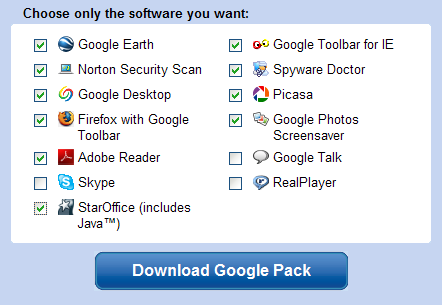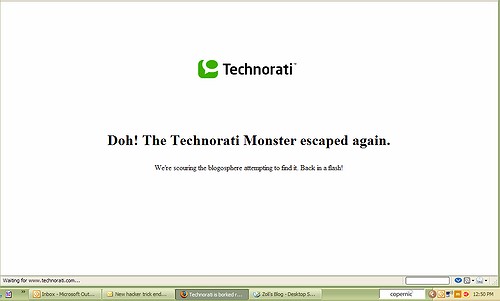TechMeme’s algorithm is either buggy or smarter than I thought. This morning it linked two seemingly unrelated posts that both tackle the same underlying concept: measuring web site use.
Read/WriteWeb reported that Web Office suite provider ThinkFree hit the 1 Million mark in number of hosted documents, up from 654,000 in late February. Their 335,000 users (up from 250,000 in February) upload between 60,000 to 80,000 documents per month. Impressive numbers. Of course, numbers can get tricky, revealing more than intended: comparing users and documents, it appears the average ThinkFree user creates 1 document every 4-5 months. Of course there is no “average user”, I suspect the real situation is that a lot of users just signed up and never came back (the famous 53,651), so in reality ThinkFree probably has a lot less but more active users.
Competitor Zoho does not track the number of documents created, but the current user number is 310,000 up about 110,000 on the last few months, showing a faster growth rate than ThinkFree. Today’s announcement of Entrepreneur Assist, a personal homepage by Entrepreneur.com, powered by Zoho applications will certainly accelerate that growth.

Entrepreneur.com is one of the largest small business sites, with millions of unique visitors per month… but why am I talking, let’s see some numbers:
Like I said, numbers are tricky, there are so many ways to look at them. Clearly a visit to search engine Google is a lot shorter than one to a content site, or one where users actually work, create a document, collaborate. For this reason the time users spend on a website is emerging as a an important metric. In fact if we look at time spent at the very same sites, we get a different picture:
As expected, users spend less time per visit on “read-only” sites, vs. the ones where they actually create something – and clearly teh Zoho apps will further improve this metric for entrepreneur.com. This is partly the reason behind the deal, but watch the video yourself.
The next video talks about what you can actually do on Entrepreneur Assist:
Related posts: CenterNetworks, Mind Petals, Web Worker Daily, Zoho Blog.
Somewhat related: American Bar Association launches free legal advice site for small online businesses.





 6 GB – $1.00
6 GB – $1.00 While most “average” email users are content with Gmai’s 2G storage, others are close to hitting the ceiling – see Paul Kedrosky’s rant on how
While most “average” email users are content with Gmai’s 2G storage, others are close to hitting the ceiling – see Paul Kedrosky’s rant on how 
 When it didn’t happen, they must have lost interest – the annual Money upgrades brought less and less new features or even bug fixes, and smart users started to skip releases between upgrades. Then trouble started left and right: weird things happened to my accounts beyond my control. Categorization? I’ve long given up on it, most of my downloaded data is associated with junk categories. The real bad part: data changed in existing accounts, very old transactions downloaded again into already reconciled months..etc. This is my bank account, my money we’re talking about! The very data I meticulously took care of while in my possession now got randomly changed. The only way to be really sure I have the right balances was (is) to go and verify them at the individual bank or broker sites.
When it didn’t happen, they must have lost interest – the annual Money upgrades brought less and less new features or even bug fixes, and smart users started to skip releases between upgrades. Then trouble started left and right: weird things happened to my accounts beyond my control. Categorization? I’ve long given up on it, most of my downloaded data is associated with junk categories. The real bad part: data changed in existing accounts, very old transactions downloaded again into already reconciled months..etc. This is my bank account, my money we’re talking about! The very data I meticulously took care of while in my possession now got randomly changed. The only way to be really sure I have the right balances was (is) to go and verify them at the individual bank or broker sites. ) and not even feel the need to apologize. It’s the absolute Cardinal Sin. And now this company wants me to put my trust in their services?
) and not even feel the need to apologize. It’s the absolute Cardinal Sin. And now this company wants me to put my trust in their services?

![Reblog this post [with Zemanta]](https://www.zoliblog.com/wp-content/uploads/HLIC/c3f6a73b6f73860cb3967d8190b33e5c.png)




Recent Comments